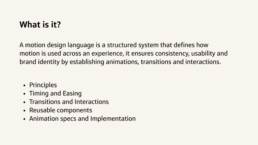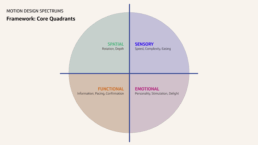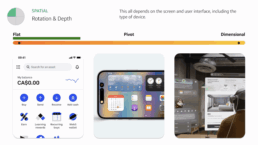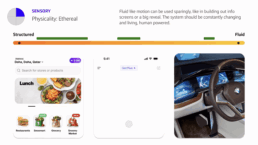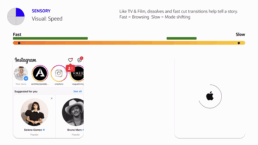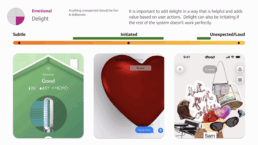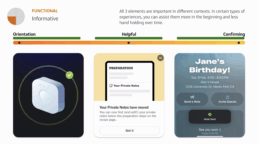Designing with motion to guide, inform, and engage.
Scroll to the bottom to learn how I developed a Motion Design Language.
As a product designer, I care deeply about clear, engaging interaction design. Humans are naturally attuned to motion—it’s instinctive. When used with intention, animation communicates what just happened, what’s coming next, and adds a layer of delight that enhances the user experience.
Motion has a profound impact on how people interact with digital products. When interface elements ignore basic motion design principles, usability suffers. In UI design, motion isn’t just decorative—it’s a functional layer that strengthens engagement and expands how we communicate design intent. Thoughtful motion guides the user’s attention, reinforces hierarchy, and helps create intuitive, fluid experiences.
When DirecTV formerly (AT&T Now) started gaining momentum as a streaming platform, I drew on my animation background to enhance the product experience through thoughtful motion design. I began prototyping key transitions and interactions—crafting animations that were not only visually appealing but also intentional. Using tools like After Effects, Principle, and Framer, I developed detailed motion studies that guided engineers in bringing these experiences to life across platforms.
These motion studies also unlocked real efficiency. The team and I were able to save numerous hours of development time by building an entire onboarding experience using Lottie. This approach let us deliver high-quality animations in multiple formats, resulting in a seamless, step-by-step animated onboarding journey that welcomed users the moment they powered on their device to set it up and start enjoying content.
For me, motion isn’t just decoration—it’s a core design tool. The way an element enters the screen can convey emotion, set the tone, and direct focus. Timing, sequencing, and rhythm all shape how users feel and interact. When done with purpose, motion turns a static interface into something intuitive, expressive, and truly engaging.
Motion Design Language
For this project, we had the rare opportunity to explore and define a clear design perspective over several months. I led the development of our Motion Design language.
To shape it, I mapped out motion properties—like speed and fluidity—along spectrums, using curated examples to guide discussion. We ran small-group sessions with the team, asking for emotional reactions and plotting our product experiences along those spectrums.
The process sparked fresh ideas and created a shared sense of ownership across the team, regardless of prior motion design experience.
